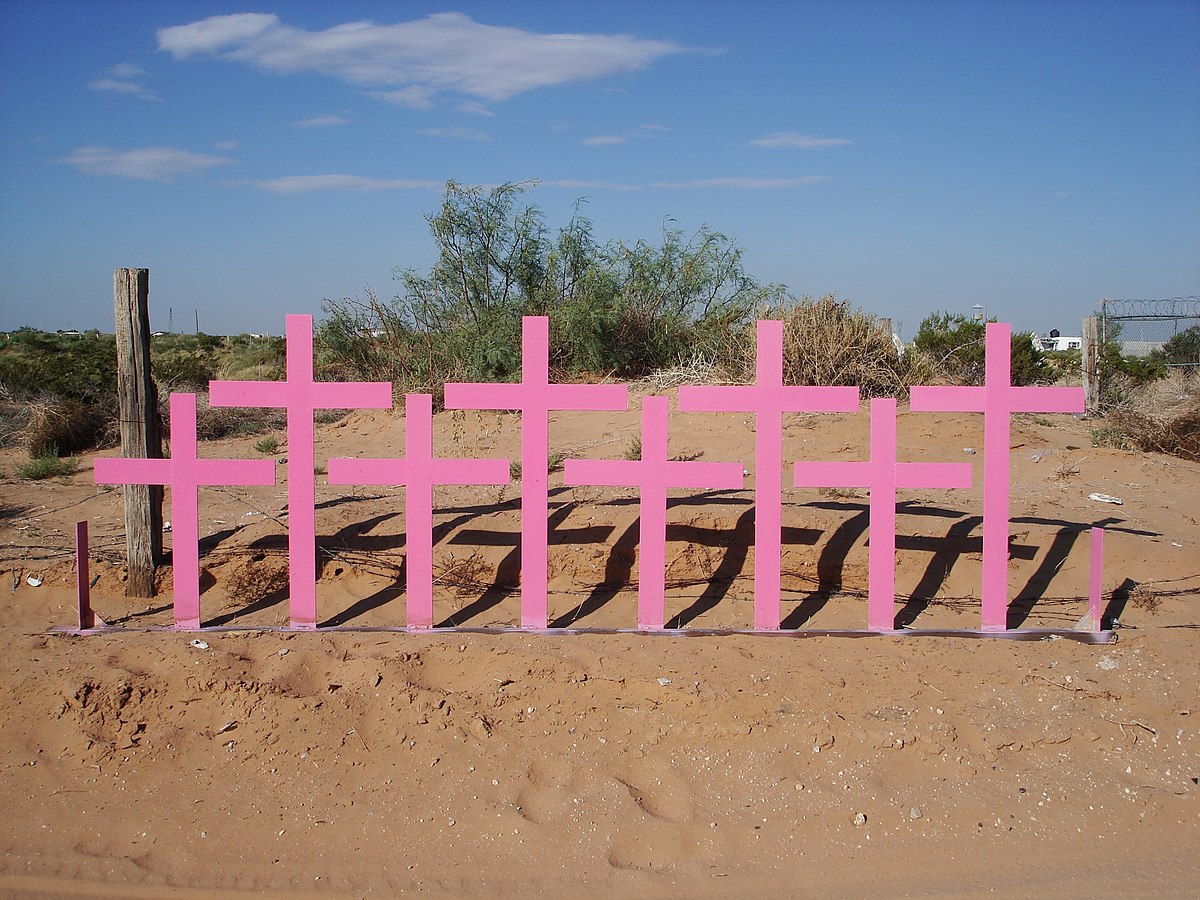Trigger Warning: This blog discusses sensitive and potentially distressing topics, including family abuse and unethical treatment. Reader discretion is advised.
 When the idea of family comes to people’s minds what is the first thing they think of? Is it the image of a nuclear family, a family consisting of one or more parents and children, or could it be of an extended family, which includes the family of kin such as grandparents, aunts, uncles, and cousins? Do people think of their family of orientation, the family that one is raised and socialized with, and does it include close friends and pets? Families can be diverse for different people; they can consist of people of various origins and can be socialized differently depending on the family structure. However, in general, when families are discussed, they are seen as a personal topic that people share private memories with or, at the very least, do not often share with strangers. With this concept in mind, one must wonder how families who are a part of family vlogs keep their lives not so private from the world.
When the idea of family comes to people’s minds what is the first thing they think of? Is it the image of a nuclear family, a family consisting of one or more parents and children, or could it be of an extended family, which includes the family of kin such as grandparents, aunts, uncles, and cousins? Do people think of their family of orientation, the family that one is raised and socialized with, and does it include close friends and pets? Families can be diverse for different people; they can consist of people of various origins and can be socialized differently depending on the family structure. However, in general, when families are discussed, they are seen as a personal topic that people share private memories with or, at the very least, do not often share with strangers. With this concept in mind, one must wonder how families who are a part of family vlogs keep their lives not so private from the world.
 Family vlogging channels are a type of video blog used to record an individual’s family moments. Essentially, in these types of vlogs content viewers see the “average” everyday lives of these families. They are allegedly as real as possible and document every single moment of their lives with unscripted scenes. The types of families shown in these vlogs can be diverse; however, most of the families shown are nuclear families. Through these blogs, parents present an image of what type of relationships they have with their children. They show things like daily struggles, the children’s friends, and their current interests and goals — anything that will make viewers feel included as a part of their family.
Family vlogging channels are a type of video blog used to record an individual’s family moments. Essentially, in these types of vlogs content viewers see the “average” everyday lives of these families. They are allegedly as real as possible and document every single moment of their lives with unscripted scenes. The types of families shown in these vlogs can be diverse; however, most of the families shown are nuclear families. Through these blogs, parents present an image of what type of relationships they have with their children. They show things like daily struggles, the children’s friends, and their current interests and goals — anything that will make viewers feel included as a part of their family.
Family vlogs have become a source of entertainment for viewers and a source of income for influencer families. As exposure for these content creators rises so does the uncertainty of how children in these vlogs are treated. Recently, numerous cases of child abuse, the physical, emotional, or sexual harm or mistreatment of a child, have been made public. An infamous example is that of the 8 Passengers case, which was a channel run by Ruby Franke, the primary vlogger and mother of the six children featured in the channel. Ruby Franke was known to raise her children in an authoritarian parenting style, when parents attempt to maintain strict control over their children’s lives, and in this case, it was controlling how the children present themselves online and in public. Ruby was prosecuted for abusing her children in ways such as not allowing them to eat and not allowing them to sleep in their rooms in order to maintain their channel’s image. As part of this image Ruby was seen as a great mother who offered parenting advice to her viewers so the viewers’ children could behave as well as her children.
The biggest issue that has arisen from family vlogging, however, has been how the parents treat their kids more like workers than their children. This not only affects their relationships but can lead to issues such as emotional abuse, the act of threatening a loved one or their possessions, or harming their sense of self-worth through things like name calling and intimidation, on camera and off camera. In more extreme cases of abuse like neglect, parents have low involvement in the child’s life in this case a child’s needs, and physical abuse, when a person hurts or tries to hurt a loved one by physical force, can also occur. Additionally, the matter of the children’s privacy in these videos has become a big issue. Many argue that this type of content should be looked at as a legal matter and these children should be protected under The Children’s Online Privacy Protection Act, which prevents children from being able to create a social media account without being monitored by an adult. However, this law does not currently protect the children’s privacy as content creators. This can raise safety issues both for their identities and overall safety outside of their homes. Children without privacy protection can be at risk of being recognized offline or even being stalked by dangerous predators, which is why it is important that these children be protected through legal matters in order to ensure their safety.
 Although these are issues that can arise from family vlogging, there can be positive sides to running a family vlog account. A major gain from managing a family vlog can mean financial independence and parents being able to focus on spending time with their family. This has especially become helpful for single mothers, who can focus on being there for their children while earning money. Additionally, there is freedom of creative expression for families and children, giving their kids the resources they need to explore their interests in ways most children cannot. Through these creative expressions, kids can create and be a part of online communities that encourage similar interests. Lastly, it is also an opportunity for families to present the different types of families that exist and make way for inclusion. However, for these benefits to be enjoyed, vlogging must be done with a good balance of what will be content and what is actual family time. Additionally, parents need to begin considering their child’s well-being first instead of overwhelming them as content creators.
Although these are issues that can arise from family vlogging, there can be positive sides to running a family vlog account. A major gain from managing a family vlog can mean financial independence and parents being able to focus on spending time with their family. This has especially become helpful for single mothers, who can focus on being there for their children while earning money. Additionally, there is freedom of creative expression for families and children, giving their kids the resources they need to explore their interests in ways most children cannot. Through these creative expressions, kids can create and be a part of online communities that encourage similar interests. Lastly, it is also an opportunity for families to present the different types of families that exist and make way for inclusion. However, for these benefits to be enjoyed, vlogging must be done with a good balance of what will be content and what is actual family time. Additionally, parents need to begin considering their child’s well-being first instead of overwhelming them as content creators.
The reality is no one truly knows how these families behave when no cameras are present. There has been evidence that much of the content presented is staged— much like reality TV shows. In reality TV, events are staged to keep viewers entertained and eager to watch more episodes to see what happens next. In a similar way, family vlogs create similar scenarios in their content, but in a shorter amount of time, meaning they are making kids participate in these videos daily in order to keep up with demand. However, it seems that the biggest issue with family vlogging is that it has blurred the lines between what is real and what is not. As issues continue to arise, it will be interesting to see how popular family vlogs remain. If their popularity continues with a big fan-base, one has to wonder how our society views working children. Do viewers truly care for the safety and well-being of these children, or do they just want to be entertained? Whatever the case, both the parents of the kids in these vlogs and their fans should remember that the children’s personal lives are at risk and their privacy and autonomy requires respect.
Acosta-Sanchez is a guest blogger at UITAC Publishing. UITAC’s mission is to provide high-quality, affordable, and socially responsible online course materials.
Images used in this blog:
- “People Standing on Dock during Sunrise“ by Pixabay is licensed on Pexels. This image has not been altered.
- “A Woman Vlogging Inside the House with Her Family“ by MART PRODUCTION is licensed on Pexels. This image has not been altered.
- “A Cute Girl Recording a Video while Playing Ukulele” by Mikhail Nilov is licensed on Pexels. This image has not been altered.




